

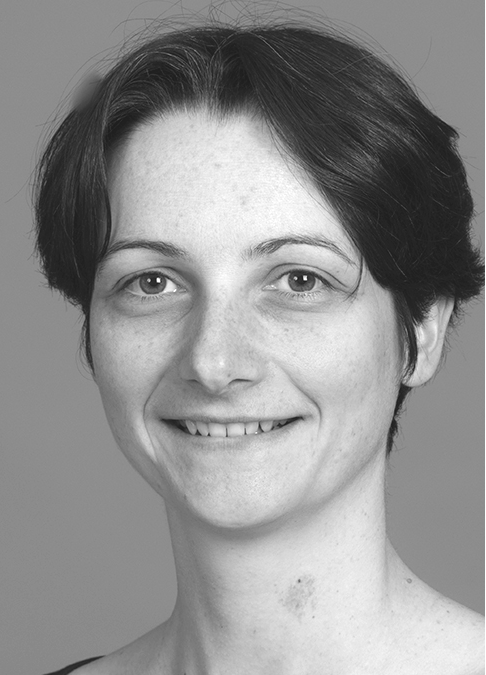
Laboratoire Interdisciplinaire de Physique
140 rue de la physique
38400 Saint Martin d’Hères
aurelie.dupont(a)univ-grenoble-alpes.fr
The project consists in carrying out an experimental study of the hydrodynamic wake of a group of fish, identifying and analyzing the dynamics of the vortices created by fish, and following them as they interact with the flow produced by the other swimmers. The practical goal will be to to set up a high-performance PIV device and to carry out PIV experiments and analysis to measure fluid flow within a group of living fish under controlled conditions. Obtaining a time-resolved mapping of the flow within a small group of fish would represent not only a methodological achievement in the field of hydrodynamics, but also a breakthrough in understanding the role of hydrodynamics in school organization.
This a joint project between the LIPhy and the LEGI labs, both located in Grenoble. This is part of a larger project started in 2020 where we are interested in the collective motion of fish, trying to untangle the respective roles of social and physical interactions. To do so, we mostly combine experimental approaches and numerical modeling, and rely on several interdisciplinary collaborations (statistical physics, ethology, applied maths, experimental fluid mechanics...).
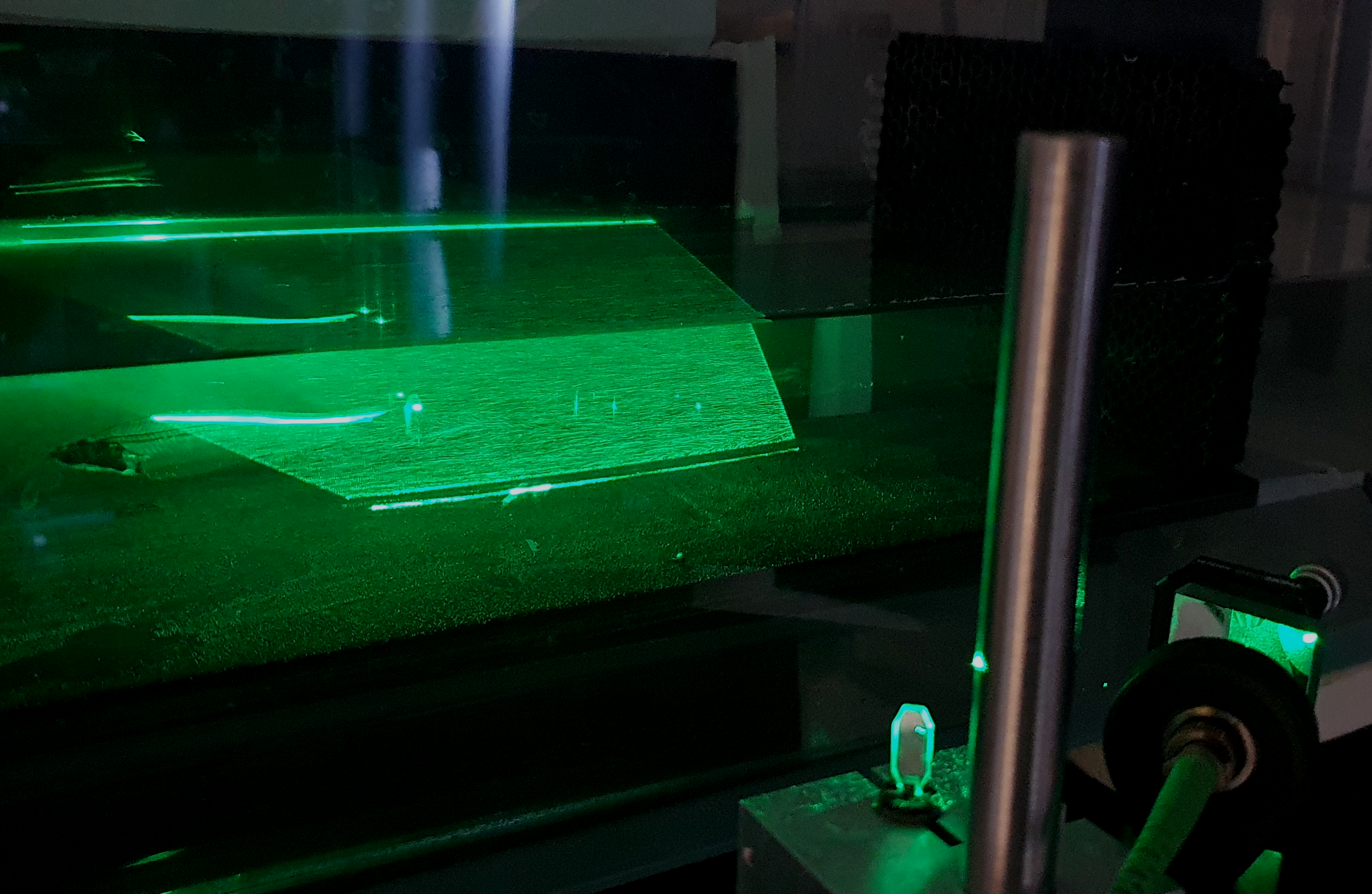

OLIMPICS is a research federation which brings together scientists from the Grenoble site working at the interfaces between physics and life. It has been two years of hard work to create this and obtain funding from agencies. We hope to make the interdisicplinary life of scientists in Grenoble easier!
OLIMPICS website
Check out our last paper presenting a toy model for the simulation of fish schools with the complete hydrodynamic calculation, just released in Physical Review Letters .
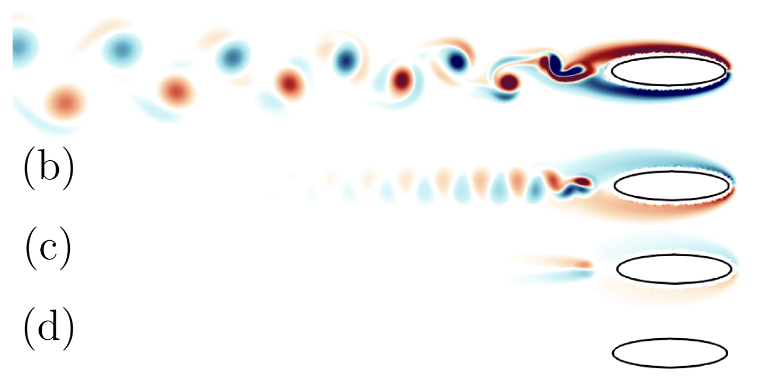
Our paper about the screening of social interactions in fish school has been highlighted as Editor's suggestion in Physical Review E and as a CNRS news. We have prepared a video clip that wrap it up for the general audience:
See also the video clip summarizing our preceeding results about fish evacuation:
We offer several internship projects from L3 to M2 students about fish schools and hydrodynamics, with a numerical approach or an experimental one. An exciting new topic is also available about the mechanics of honeybee clusters tackled with rheology experiments and continuum mechanics modeling. Don't hesitate to contact me to know more and if you are interested in joining the group!
The central question of my research activity concerns the interactions between the living matter and its physical environment along two axes: FRET microscopy and active cognitive matter. On the one hand, I am developing a method allowing the absolute measurement of the FRET phenomenon (energy transfer between fluorophores) on a standard epifluorescence microscope. The objectives of this part are: (i) to improve the accessibility and robustness of the existing method to better disseminate it; (ii) to extend the framework to allow the reliable measurement of inter-molecular biosensors and the measurement of stoichiometry in living cells. On the other hand, I propose original experimental models to improve the understanding of collective phenomena in complex environments and the role of cognition in macroscopic active matter. The model is based on small fish swimming in a school that we subject to controlled environments (obstacles and flows). The objectives of this part are: (i) to propose a complete model including hydrodynamic and social interactions; (ii) to improve the understanding of collective behaviour and collective intelligence.
Keywords: Collective movements, active matter, Fluorescence microscopy, FRET

In a join work with Philippe Peyla (LIPhy), we are interested in the spontaneous emergence of an ordered movement in a system composed of a large number of individuals. This intriguing and almost universal phenomenon can be found in bacteria on a sub-millimetre scale, in schools of fish stretching for kilometres, in human crowds or in flocks of birds. These collective movements result from local interactions between individuals from which large-scale patterns emerge. We approach this topic in an original way by seeking to understand the effect of a complex physical environment (flows, obstacles) on the collective swimming behaviour of small aquarium fish (Blue Neon, Zebrafish). In particular, we aim to investigate the coupling between their social interactions and their hydrodynamic interactions, which have so far mainly been studied separately. To this end, we combine an experimental approach in a controlled environment providing quantitative measurements with a numerical approach coupling the direct resolution of the 3D hydrodynamics with a cognitive model in collaboration with Thibaut Métivet (INRIA).
Being able to measure the biochemical activity of a target protein in a living cell in a spatially and temporally resolved manner is quite a challenge. This is not possible with classical molecular biology methods, however, new tools have recently emerged, namely fluorescent biosensors. Most of them are based on the principle of "Förster Resonance Energy Transfer" (FRET), i.e. the transfer of energy between two fluorophores allowing to probe distances of the order of a few nanometers and thus changes in protein conformation. These biosensors have enormous potential but their development is hampered on the one hand by the difficulty to develop them and on the other hand by the difficulty of measuring FRET reliably in living cells. To unblock this last point,we developed a new method for measuring and quantitatively analysing FRET during Alexis Coullomb’s thesis, in collaboration with the teams of Don Lamb (LMU Munich) and Corinne Albigès-Rizo (IAB Grenoble). Starting again from the physical equations of fluorescence signal acquisition, we have refreshed the theoretical framework and proposed a new calibration method that allows the measurement of absolute FRET values and thus opening the way to new experiments. In addition, this method gives access to the relative stoichiometry between donor and acceptor molecules and hence allows the quantitative measurement of inter-molecular FRET biosensors (where the stoichiometry is not fixed).
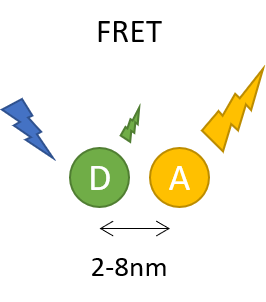

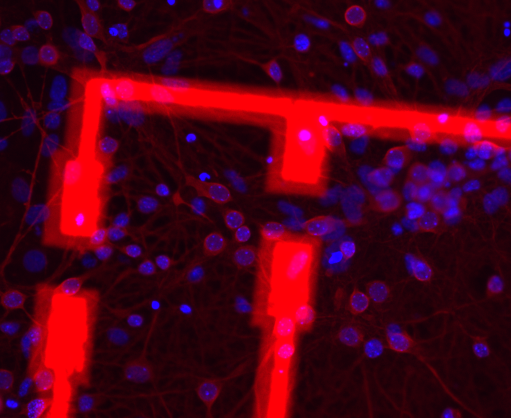
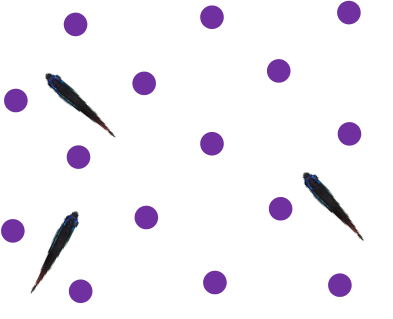
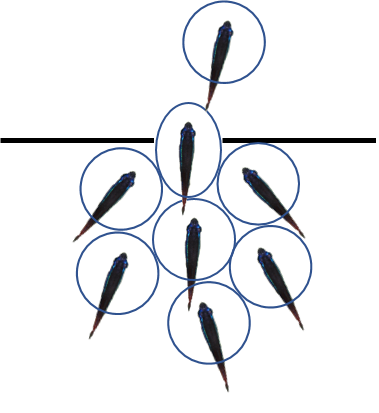
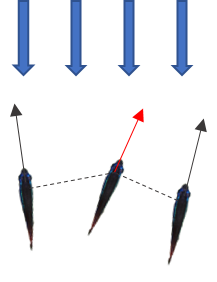
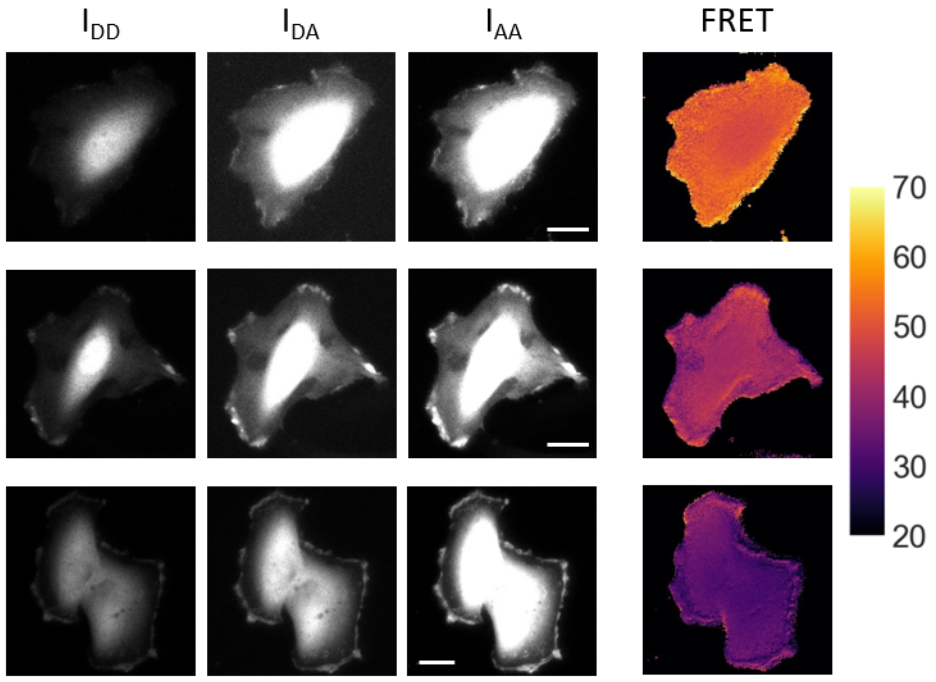
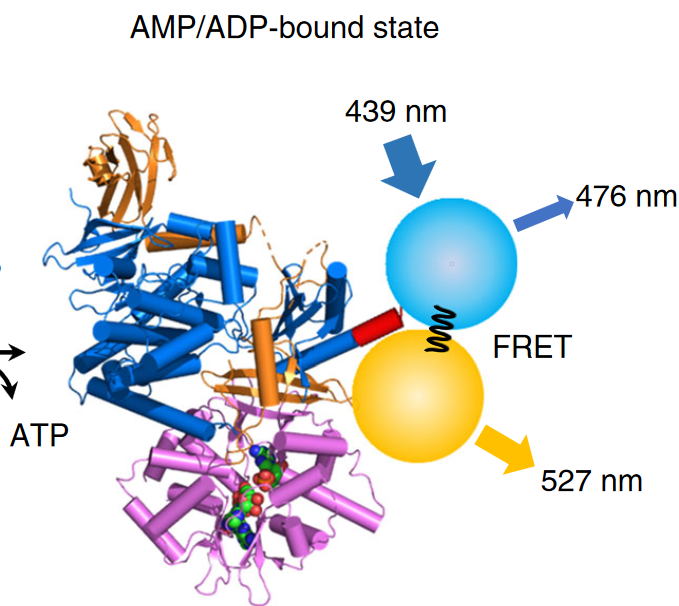
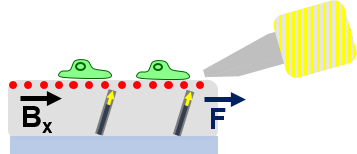

| 2024 - present | Director of OLIMPICS local research federation |
| 2013 - present | CNRS Researcher, LIPhy, Grenoble |
| -- | -- |
| 2009-2013 | Postdoc, LMU, Munich, Allemagne "3D single particle tracking, tracking of fluorescent viruses in living cells. " Don C Lamb team, Physical chemistry Dpt, LMU |
| -- | -- |
| 2005-2008 | PhD student, Université Paris Diderot, Institut Curie, Paris "Homologous recombination on a single DNA molecule: torsion and torque measurements. " Supervision J.-L. Viovy and G. Cappello. Physico-chimie Curie. |
| June 2017 | Habilitation à diriger des recherches, UGA, Grenoble |
| Nov. 2008 | PhD in biophysics, Univ. Paris Diderot |
| 2004-2005 | Master 2 Interfaces physique-biologie, Paris 11/Paris7 |
| 2002-2004 | Licence et M1 physics, ENS Lyon |
| 2021- | PhD co-supervision of Océane Terral, supervised by Cécile Delacour (I. Néel), UGA, Grenoble |
| 2020- | PhD supervision of Renaud Larrieu, shared with Philippe Peyla (LIPhy), UGA, Grenoble |
| 2017-2020 | PhD supervision of Alain Lombard, UGA, Grenoble |
| 2015-2018 | PhD supervision of Alexis Coullomb, UGA, Grenoble |
| 2014-2017 | Supervision of 2 post-docs, C Bidan (36 months) et S Sultana (12 months) |